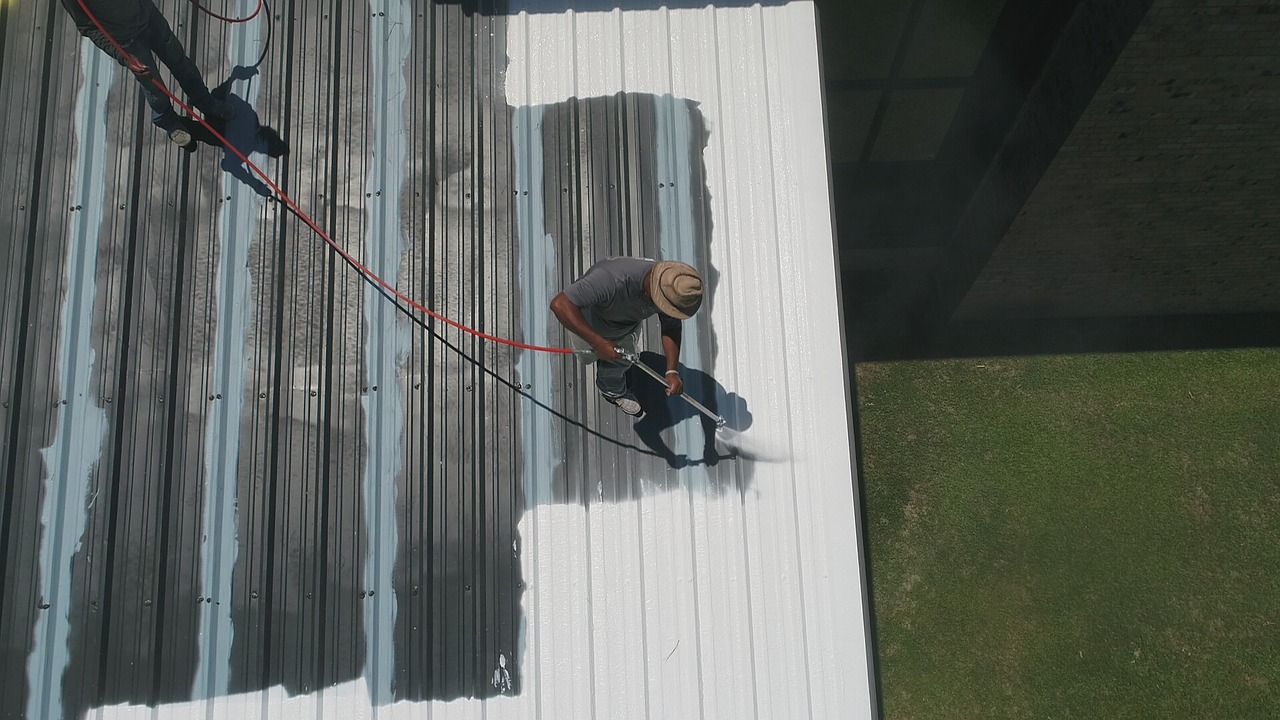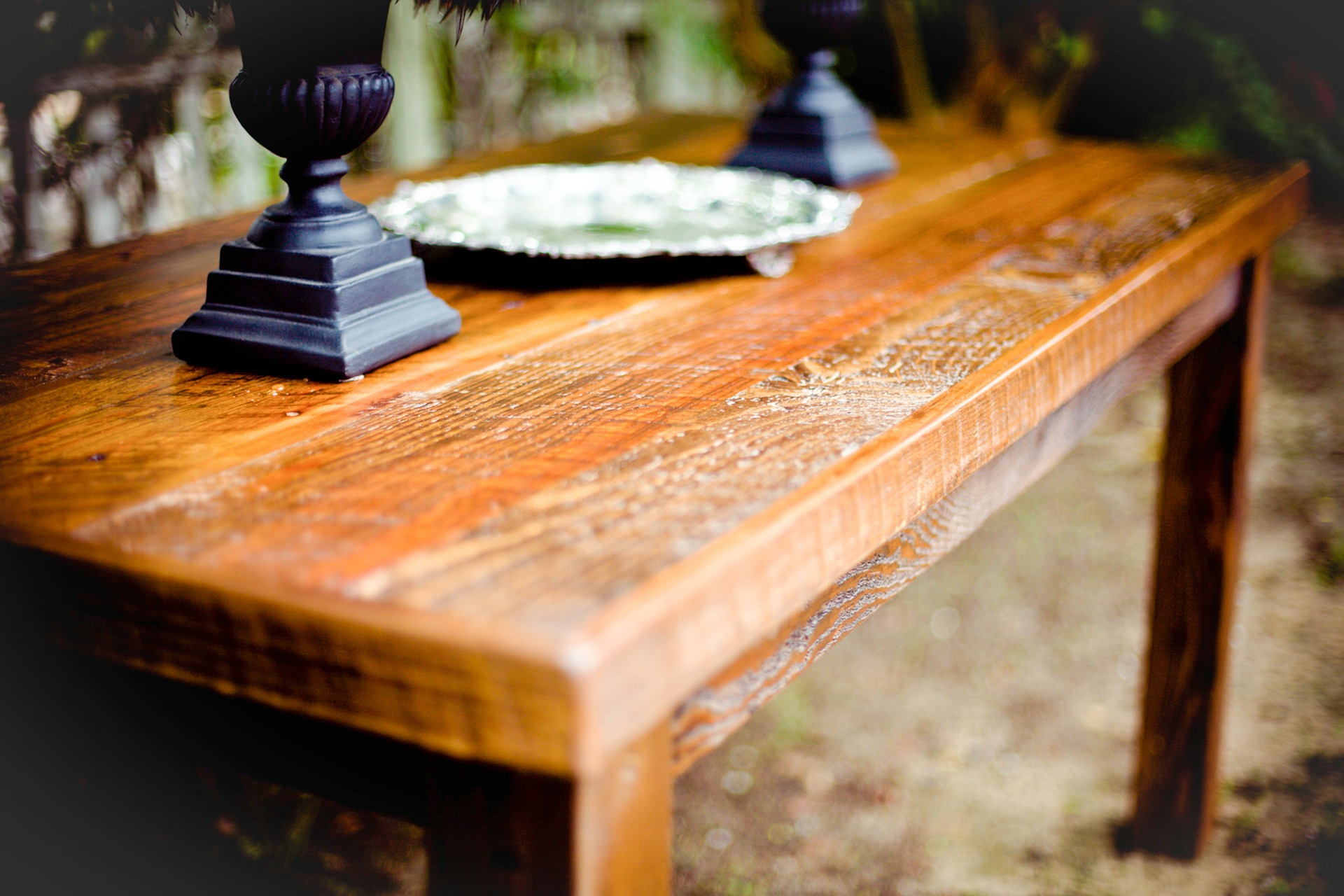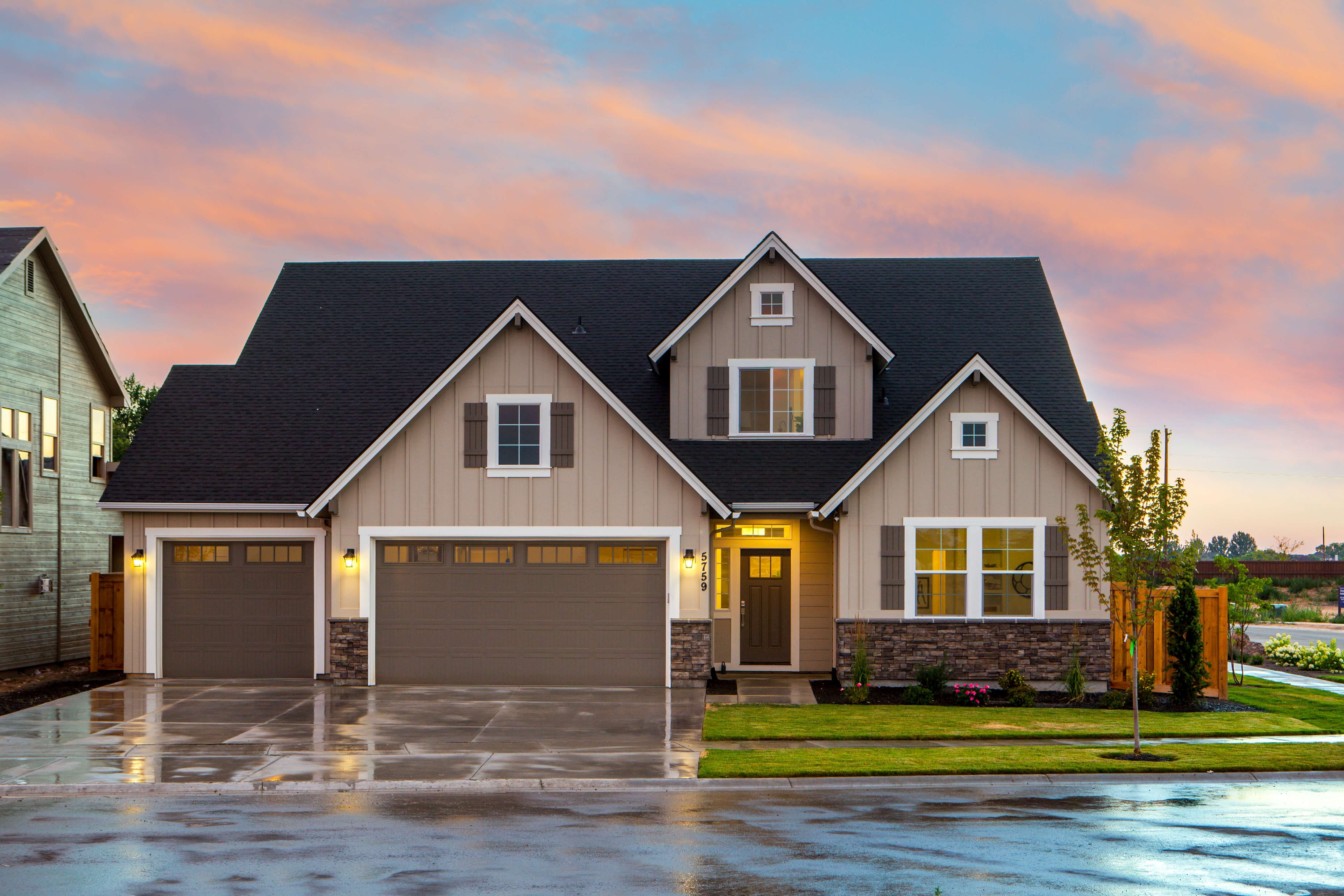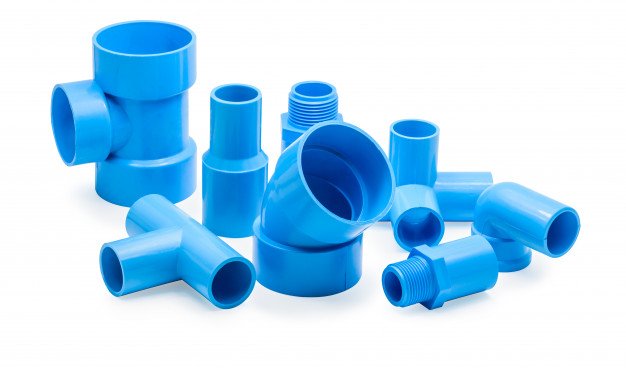Are the shingles of your roof starting to get loose? Or perhaps the entire roof itself is in need of a fresh paint job but you can’t do it yourself? For roofing and painting contractors in your area – especially those working alongside a lead generation firm like Ippei Leads – anything you want them to do to your roof is a blessing as it means yet another business opportunity. But before hiring one to fix or repaint your roof, here are four questions you might want to ask them first:
1. Can they meet your roofing needs no matter what type your roof is?
The roofing and painting contractor you want to hire should be able to service these two major types of roofs:
- Residential roofing, which is typically easier to repair and repaint
- Commercial roofing, whose massive size and lower slope make fixing and repainting it more challenging yet profitable at the same time
If the roof of your place of business is leaky, for example, and the contractor you talked to doesn’t have any experience with fixing commercial roofing, you shouldn’t hire them since they most likely wouldn’t know how to tackle the said problem.
Also, if you need to have the whole roof of your house replaced with a brand new one, and the contractor you contacted hasn’t dealt with residential roofing before, you should skip them lest you want them to install an oversized one that’s more suitable for commercial use.
2. Do they have the license to operate as a roofing and painting contractor?
Aside from their knowledge of both residential and commercial roofs, the roofing and painting contractor you plan on hiring should have a license to operate, most especially in the following states where it’s a requirement:
- Alabama
- Alaska
- Arizona
- Arkansas
- California
- Florida
- Hawaii
- Idaho
- Illinois
- Louisiana
- Massachusetts
- Michigan
- Minnesota
- Mississippi
- Nevada
- New Mexico
- North Carolina (but only if the roofing job will cost you at least $30,000)
- RhodeIsland
- South Carolina
- Utah
- Virginia
If you reside or run a commercial building in any of these states, and the contractor couldn’t show you an authenticated copy of their statewide license, don’t hire them.
3. Do they have both liability and workers’ compensation insurance?
The roofing and painting contractor you want to hire may know the difference between a residential and commercial roof. They may also have the license to operate in the state where you reside or do business. But aside from these, you should ask them upfront if they’ve got the following two types of insurance that will shoulder them financially in case of any mishap during the roof repair or repainting job:
-
Liability insurance:
There’s no telling when a contractor’s worker may accidentally drop a rusty nail or any tools on top of your (or your customer’s) head while doing the job or someone suddenly passes out after smelling the noxious fumes emitted by the paint.
It’s important for the contractor to have liability insurance so their insurer can cover some or all of the medical expenses resulting from an injury during the repair or repainting job.
-
Workers’ compensation insurance:
Even if you or anyone else not connected to the contractor you hired didn’t sustain any injuries at all, a worker of theirs might suddenly get caught in a slip and fall accident while fixing or repainting your roof.
The contractor should secure a workers’ compensation insurance so financial assistance can be provided to cover their crew’s medical costs and lost wages until the said person is physically capable of working for them again.
It’s also a big plus if the roofing and painting contractor also carries commercial vehicle insurance aside from the two mentioned above to protect the cars, trucks, or vans that they use to do their job.
4. Do they have a contract prepared for you?
As evident in their name, a roofing and painting contractor should show you a contract before repairing or repainting your roof. The said document should be legally binding and must contain the following:
- A detailed description of the repair or repainting job the contractor will do to your roof
- Breakdown of materials they’ll use for the roof repair or repainting job
- The estimated total cost of the said job
- Dates when they’ll fix or repaint your roof
- A warranty of at least one to two years wherein you can have any part of your roof replaced if ever they accidentally damage it while fixing or repainting it
- A termination clause wherein the contract itself could become null and void if either you or the contractor violates any of its terms and conditions
Don’t hire a roofing or painting contractor who plans to take on fixing or repainting your roof with only a handshake or verbal agreement to seal the deal.
Conclusion:
Roofing and painting contractors in America have been experiencing an upward profit margin growth since 2014. No wonder then that there are several of them as of late. But you can’t afford to get stuck with one who might do a sloppy job of fixing or repainting your roof which can lead to further problems down the road for you. So, before hiring a roofing and painting contractor for your roof, you should ask them first the four questions listed above to avoid any regrets on your end.
Read Also:






















